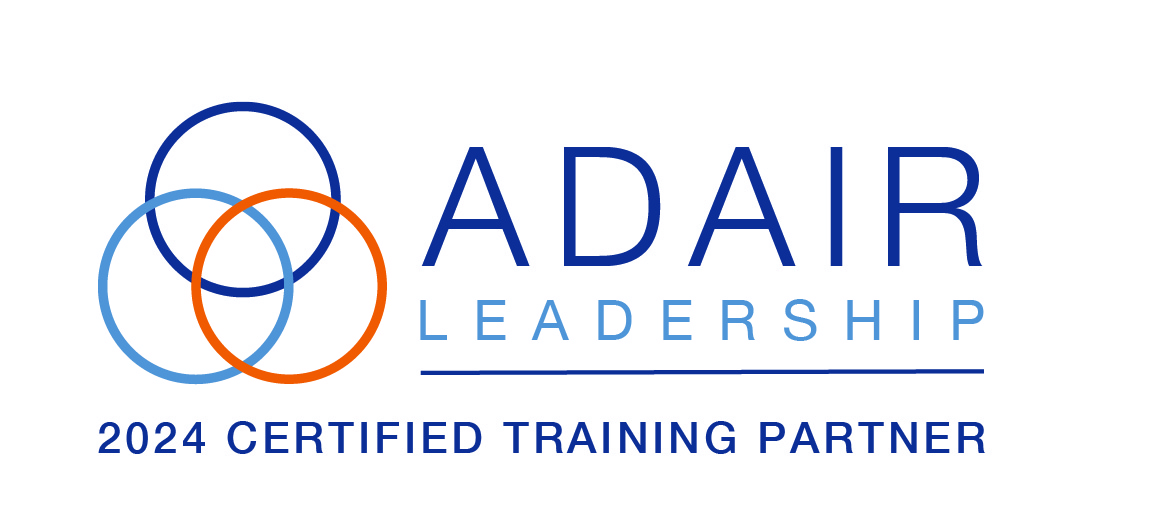Update: Extended Coronavirus Job Retention Scheme
1. The overview of the scheme states: If you cannot maintain your workforce because your operations have been affected by Coronavirus (COVID-19), you can furlough employees and apply for a grant to cover a portion of their usual monthly wage costs where you record them as being on furlough.
2. This possibly suggests that industries unaffected by Coronavirus e.g. food manufacturing, should not utilise the scheme.
3. The restrictions on publicly funded organisations utilising the furlough scheme continues.
4. The extended Furlough scheme will operate until 30 April 2021. It will mirror the level of support available under the Furlough scheme in August, with the Government paying 80% of wages up to a cap of £2,500 but with the employer paying the employer’s NI and pension contributions.
5. The flexible furloughing option continues to be allowed under the extended CJRS, as well as the standard full-time furloughing.
6. The Government has widened the CJRS scheme so that, to be eligible to be claimed for under this extension, employees must have been on an employer’s PAYE payroll between 19 March 2020 and 30 October 2020. This means a Real Time Information (RTI) submission notifying payment for that employee to HMRC must have been made on or before 30 October 2020.
7. Agreement with employees to be placed on furlough must be made in writing.
8. To be eligible for the grant, employers must have confirmed to their employee (or reached collective agreement with a trade union) in writing that they have been furloughed and must keep a written record of the agreement for five years and keep records of how many hours employees work and the number of hours they are furloughed (i.e. not working).
9. The guidance states that ‘the employee does not have to provide a written response’. From our perspective, we are of the opinion that it would be beneficial.
10. In general employment law terms, an employer must take reasonable steps to try to avoid making a redundancy. The updated guidance does not assist with this question. However, our view is that those undergoing a redundancy process at present or who are under notice, then the approach to be taken is that there is an initial presumption that the employee will not be made redundant at this time but instead will be placed on the furlough scheme. Subject of course to the scheme rules.
11. As a minimum though, the employer will need to acknowledge the CJRS scheme and explain and justify to the employee who is at risk of redundancy or currently in their notice period why the scheme will not be utilised. If this is the decision. In other words, it has to be considered by the employer and a reasonable rationale provided.
12. The very real problem here, is that there is no case law to indicate how the employment tribunals will look upon the decision of an employer not to utilise the scheme. However, there is a possibility that a tribunal will take the approach of ‘why wouldn’t they use the scheme?’.
13. Employees can still continue to work elsewhere whilst on the scheme, as long as their contract of employment does not prevent this.
14. Employers can claim the grant for the hours that their employees are not working, calculated by reference to their usual hours worked in a claim period. For hours not worked by the employee, the Government will pay 80% of wages up to a cap of £2,500, which must be paid to the employee in full. If the employer wishes, they can top up these wages at their own expense.
15. Employers will be able to claim from 8am on Wednesday 11 November 2020. Claims can be made:
– in respect of an employee for a minimum 7 day claim window
– in advance
– in arrears for the period from 1 November 2020 to 11 November 2020
16. From 1 December 2020 Employers will not be able to claim furlough for those employees serving contractual or statutory notice periods. This change was announced by the government on the 13th November 2020. This guidance also confirmed that “If you make an employee redundant, you should base statutory redundancy and statutory notice pay on their normal wage rather than the reduced furlough wage”.
17. It now appears that employees who wish to return from maternity leave must give the statutory 8 weeks’ notice of returning and cannot agree with the employer to reduce this notice period.
18. The ability to require an employee to take holiday whilst on furlough continues although employees who do not normally work a bank holiday cannot be placed on furlough on these days.
19. With regards to sick employees. The new guidance states that if your employee is:
– unable to work because they are clinically extremely vulnerable, or at the highest risk of severe illness from Coronavirus and following public health guidance; or
– unable to work because they have caring responsibilities resulting from Coronavirus (COVID-19), including employees that need to look after children.
Then they are eligible for the grant and can be furloughed. This seems to suggest that the absence needs to be Covid linked.
20. However later on in the guidance it makes no mention of Covid and states that ‘Employers can furlough employees who are clinically extremely vulnerable, at the highest risk of severe illness from Coronavirus or off on long-term sick leave. It is up to employers to decide whether to furlough these employees.’ On this basis, the guidance again, is not as clear as it could be.
21. The CJRS is not intended for short-term sick absences. If, however, employers want to furlough employees for business reasons and they are currently off sick, they are eligible to do so, as with other employees.
22. Furloughed employees who become ill, due to Coronavirus or any other cause, must be paid at least Statutory Sick Pay (SSP). As under the CJRS previously, it is up to employers to decide whether to move these employees onto SSP or to keep them on furlough, at their furloughed rate.
23. Lastly, the Government intends to publish a public register of those businesses utilising the scheme.
If you would like to discuss further, please contact us by emailing enquiries@perspectivehr.co.uk or by phoning 01392 247436.
Last updated 5 January 2021




